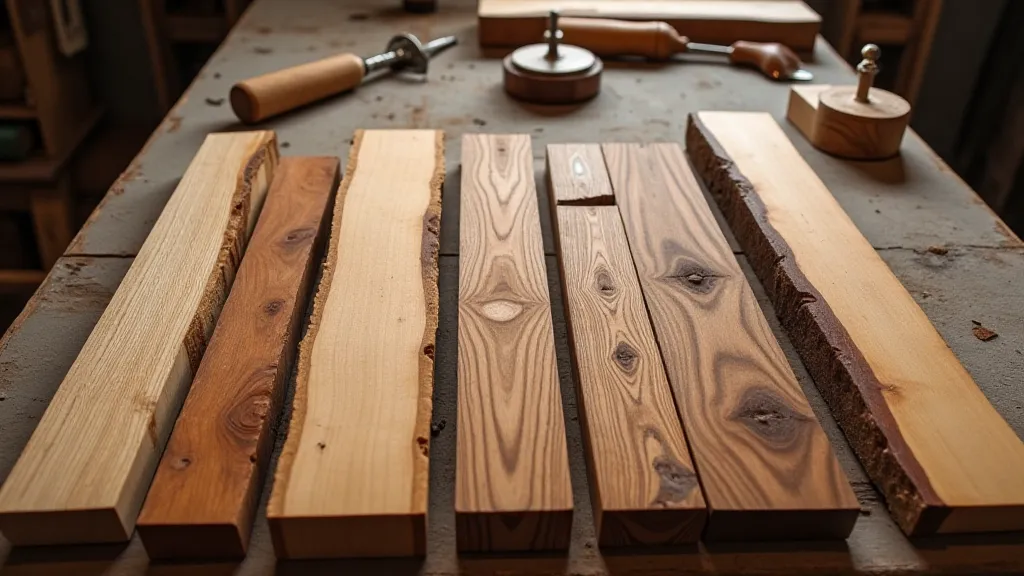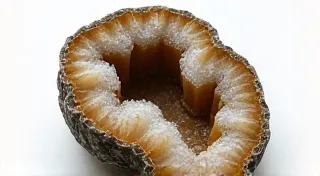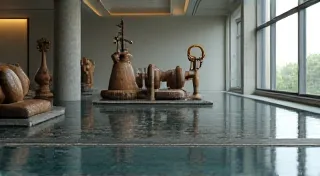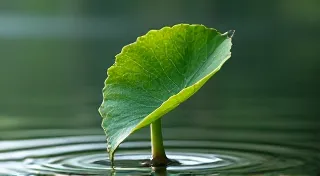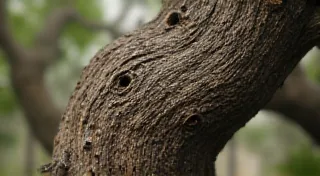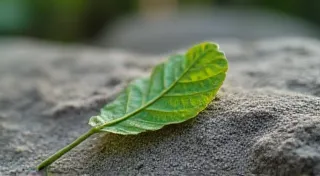The Resonance of Grain: Identifying Wood Types for Character
There's a particular scent, you see. Not just the smell of wood, but of time and labor, of history held captive within the fibers. It’s most powerfully evoked by an antique accordion, its bellows worn smooth, its keys ivory yellowed with age, the very wood singing a silent song of a vanished era. That scent – cedar, spruce, mahogany, perhaps a touch of rosewood – isn’s just fragrance; it’s a fingerprint of a craftsman’s choice, a decision made to imbue the instrument, and eventually the listener, with a specific kind of resonance. That same meticulous consideration is at the heart of penknife whittling. The wood isn’t merely material; it’s a collaborator, defining the limits and amplifying the possibilities of the carving process. Understanding its nature is the first step in truly connecting with the art.
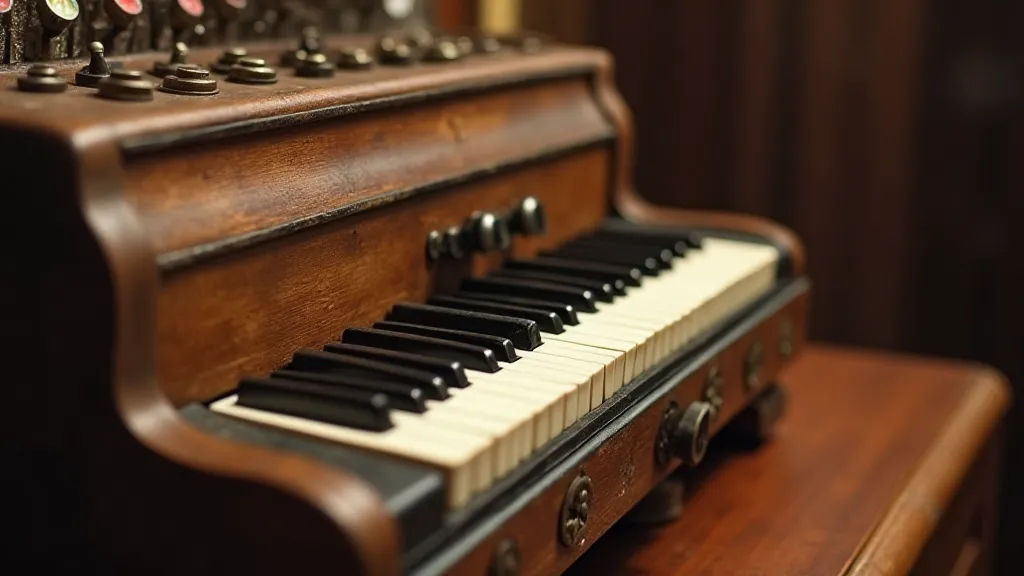
The history of penknife whittling, intertwined as it is with folk art and traditional crafts, mirrors the availability of wood resources across centuries. Early whittlers, often itinerant workers or rural folk, made do with what they could find. Birch, willow, and basswood were common choices – readily accessible, relatively soft, and easy to carve with rudimentary tools. These woods allowed for quick and expressive forms, perfect for impromptu toys, figurines, and utilitarian objects like spoons and buttons. These weren’t commissioned masterpieces, but rather acts of creative expression, born of necessity and imbued with the spirit of the maker. The very nature of the woods they chose - often the most readily available and easily worked - contributes directly to the story of their craft, a story that echoes across generations. This is a legacy that continues to inspire, reminding us of the deep connection between a craft and its environment, and that echoes the broader significance of understanding the materials we use; a theme explored in more detail over at The Weight of Legacy: Preserving Penknife Whittling Traditions.
As trade routes developed and woodworking skills refined, harder and more exotic woods began to find their way into the hands of carvers. Cherry, maple, and walnut, prized for their durability and beautiful grain patterns, started appearing in more intricate carvings. Think of the intricate wooden toys crafted in German workshops during the 19th century – often made from fruitwoods, showcasing meticulous detail and a burgeoning awareness of the aesthetic potential of different wood species. These artisans were not simply choosing wood, but selecting a medium with inherent qualities that would inform their artistic expression.
The advent of industrialization, while disrupting traditional crafts in many ways, also paradoxically expanded the availability of certain woods. Sawmills could now process lumber more efficiently, and the railways allowed for wider distribution. Mahogany, once a precious resource restricted to ship building and fine furniture, gradually became accessible to a broader range of artisans. However, this increased availability also spurred a shift in perception. Wood, once a precious gift, began to be seen as a more standardized commodity. This is a crucial point when considering the inherent value of antique carvings - the rarity of the wood itself often contributes significantly to their historical significance and collectability. Indeed, one can find a deep appreciation for wood and its characteristics as it relates to the history of carvings as described in The Arbor's Whisper: Finding Narrative Within the Knot, which illuminates the narrative potential locked within each piece.
The term "grain" encompasses more than just the direction in which the wood fibers run. It's a complex narrative of growth rings, knots, and imperfections that profoundly influence how a piece of wood will behave under a carving knife. Straight-grained wood, like basswood, is predictable and forgiving – ideal for beginners. The fibers run parallel, allowing for clean cuts and consistent shaping. Conversely, figured woods—those with swirling patterns and dramatic variations—present a greater challenge but offer the potential for stunning visual effects.
‘Curly’ maple, for example, displays a rippling grain pattern that creates a three-dimensional appearance. This can be stunning when highlighted with careful carving and finishing, but requires a keen understanding of how the grain will react to the knife. Conversely, woods with irregular grain, like oak, can splinter easily if not approached with caution. Recognizing these characteristics isn’t about memorizing scientific classifications; it’s about developing a visual intuition, learning to ‘read’ the wood like a map.
Let's examine some common wood types favoured by penknife whittlers, and discuss their distinctive qualities:
